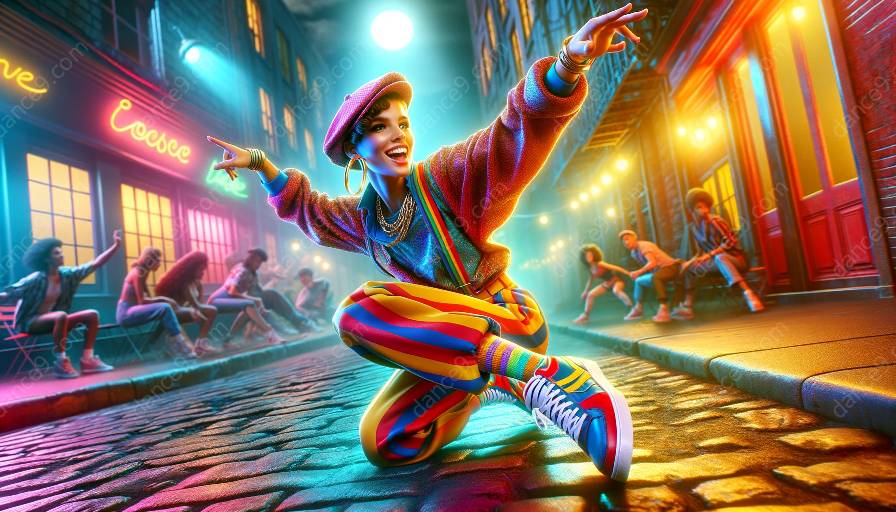Dance is more than just movement; it is a reflection of social and cultural values, and nowhere is this more apparent than in the community of locking dancers. The unique style and history of locking have significant implications for the dance community and beyond, influencing both the way dance classes are conducted and the broader society.
Understanding Locking
Locking is a street dance that originated in the 1960s and '70s in Los Angeles. It is characterized by rapid and rhythmic movements, with a focus on a series of positions and pauses known as 'locks.' Locking is not just a dance style; it is a cultural expression that emerged from the social and political environment of its time.
Social Significance
Locking has fostered a strong sense of community and belonging among dancers. The dance style encourages collaboration, respect, and unity, reflecting values that are vital to the participants. This social significance extends beyond the dance floor, influencing the way individuals interact and communicate with others in various contexts.
Cultural Diversity
Locking has become a symbol of cultural diversity and inclusion within the dance community. Its roots in African-American and Latino cultures have contributed to a rich tapestry of dance traditions, providing a platform for people from different backgrounds to come together and celebrate their shared passion for dance.
Impact on Dance Classes
Locking has influenced the way dance classes are structured and taught. Dance instructors have incorporated locking techniques and principles into their classes, enriching the learning experience for students. By introducing locking, dance classes become more diverse and representative of the broader dance community, fostering an environment that promotes inclusivity and appreciation for different dance styles.
Empowerment and Confidence
Learning locking in dance classes can be empowering for individuals, as it encourages self-expression and creativity. The dance style promotes confidence and self-assurance, instilling a sense of achievement in the students. This impact goes beyond the physical movements of locking, influencing the personal development and well-being of those participating in dance classes.
Broader Cultural Impact
Locking's influence extends beyond the dance community, impacting the broader society. The unique form of expression and the values it embodies contribute to the cultural landscape, inspiring creativity and unity. Locking has become an emblem of cultural appreciation and understanding, breaking down barriers and fostering a more inclusive society.
Representation and Identity
Locking serves as a form of representation and identity for communities that have historically been marginalized. Its presence in the dance community and popular culture promotes visibility and recognition for these groups, creating avenues for amplifying their voices and stories.
Conclusion
Locking within the dance community carries profound social and cultural implications, influencing the way dance classes are conducted and contributing to a broader societal impact. By embracing locking, the dance community promotes diversity, solidarity, and empowerment, shaping a more inclusive and culturally vibrant world.













































































